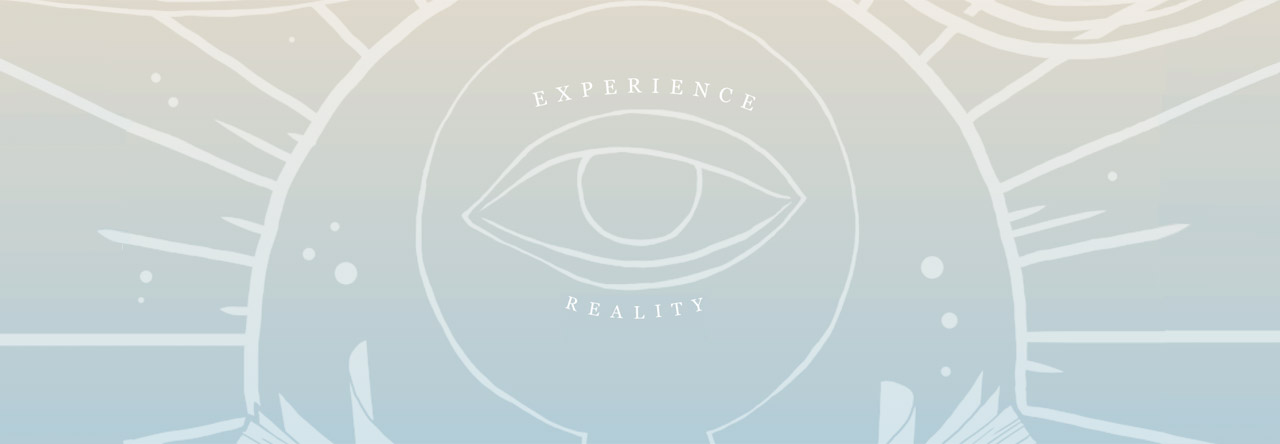There are a lot of things to love about this bookstore: first editions in abundance, the First Editions Club, this blog is pretty cool, you can spend years investigating and getting to know the shelves, and we have some pretty awesome author events. But I think that one of my favorite things about the store is the wealth of knowledge that walks around shelving, is busy on IBID or sits in the office. These people that work here know so much about books. I think it’s probably one of the most valuable things in the store. For most, they can help find a better book than one could alone….or at least more books and in a shorter amount of time. Yesterday I decided I wanted to find a book that discussed the decline of small farms and the further push into the corporate run, government owned America. Since I couldn’t think of any, I thought it better to ask. I talked to Joe for about 3 minutes and even though the population of books on that subject is quite small, I found just what I was looking for.
 The Art of the Commonplace is a collection of essays that offers a perspective on living that is quite different then the one that dominates our culture. It rests a greater portion of importance in being content and at peace where you are and placing effort into the soil and finding value in the crops that are harvested. He contrasts the efforts of the expanding Americans of the late 1700s with that of the native Indians. Citing the unquenchable thirst for progress and success in even the first Americans. The essays are wonderfully written and are a pleasure to read, unlike a lot of essays that I have read that are quite rigid and blocked. I can’t wait to get deeper into this collection as I have not read Wendell Berry before and I think I am at a loss because of it. This bit is taken from the first essay “A Native Hill.”
The Art of the Commonplace is a collection of essays that offers a perspective on living that is quite different then the one that dominates our culture. It rests a greater portion of importance in being content and at peace where you are and placing effort into the soil and finding value in the crops that are harvested. He contrasts the efforts of the expanding Americans of the late 1700s with that of the native Indians. Citing the unquenchable thirst for progress and success in even the first Americans. The essays are wonderfully written and are a pleasure to read, unlike a lot of essays that I have read that are quite rigid and blocked. I can’t wait to get deeper into this collection as I have not read Wendell Berry before and I think I am at a loss because of it. This bit is taken from the first essay “A Native Hill.”
“We still have not, in any meaningful way, arrived in America. And in spite of our great reservoir of facts and methods, in comparison to the deep earthly wisdom of established peoples we still know but little.”
His lines are full of good-thinking material because it is quite different from most anything that you hear today. I don’t follow politics really close; a lot of it strikes me as a bunch of foolishness. But I do know that it doesn’t seem that we are on course for a sustainable way of living. China seems to be a little better at the modern approach of “bigger, faster, and more of it.” I love America and I even think free market capitalism is alright, I think it is the pit of unbound greed that gets me. These essays are a pleasing insight that are a reminder that the way in which we live and our people have lived and what was thought as success for the past hundred years is not the only way people have lived and worked throughout histories and cultures.
-John P.



 to All the Animals
to All the Animals



 This is a long rambling blog, but this time I promise that the picture has something to do with the blog – it’s supposed to “capture the absurdities of contemporary life”
This is a long rambling blog, but this time I promise that the picture has something to do with the blog – it’s supposed to “capture the absurdities of contemporary life” I am so excited about this. Truly, if you come in here and talk to me about this, you may never get to leave again because I will talk your ear off! The
I am so excited about this. Truly, if you come in here and talk to me about this, you may never get to leave again because I will talk your ear off! The 






 If Knapp’s name seems familiar to you, she wrote several bestselling memoirs a few years ago. Her most popular work was, Drinking: A Love Story, which was on the New York Times list for several months. Knapp was, as she put it, a ”high-functioning alcoholic” as well as an award-winning journalist and Ivy League graduate from a prominent New England family. She appeared to be a happy and successful young woman but drinking had slowly taken hold of her life. Sadly, she would die from lung cancer at the age of forty two.
If Knapp’s name seems familiar to you, she wrote several bestselling memoirs a few years ago. Her most popular work was, Drinking: A Love Story, which was on the New York Times list for several months. Knapp was, as she put it, a ”high-functioning alcoholic” as well as an award-winning journalist and Ivy League graduate from a prominent New England family. She appeared to be a happy and successful young woman but drinking had slowly taken hold of her life. Sadly, she would die from lung cancer at the age of forty two.



